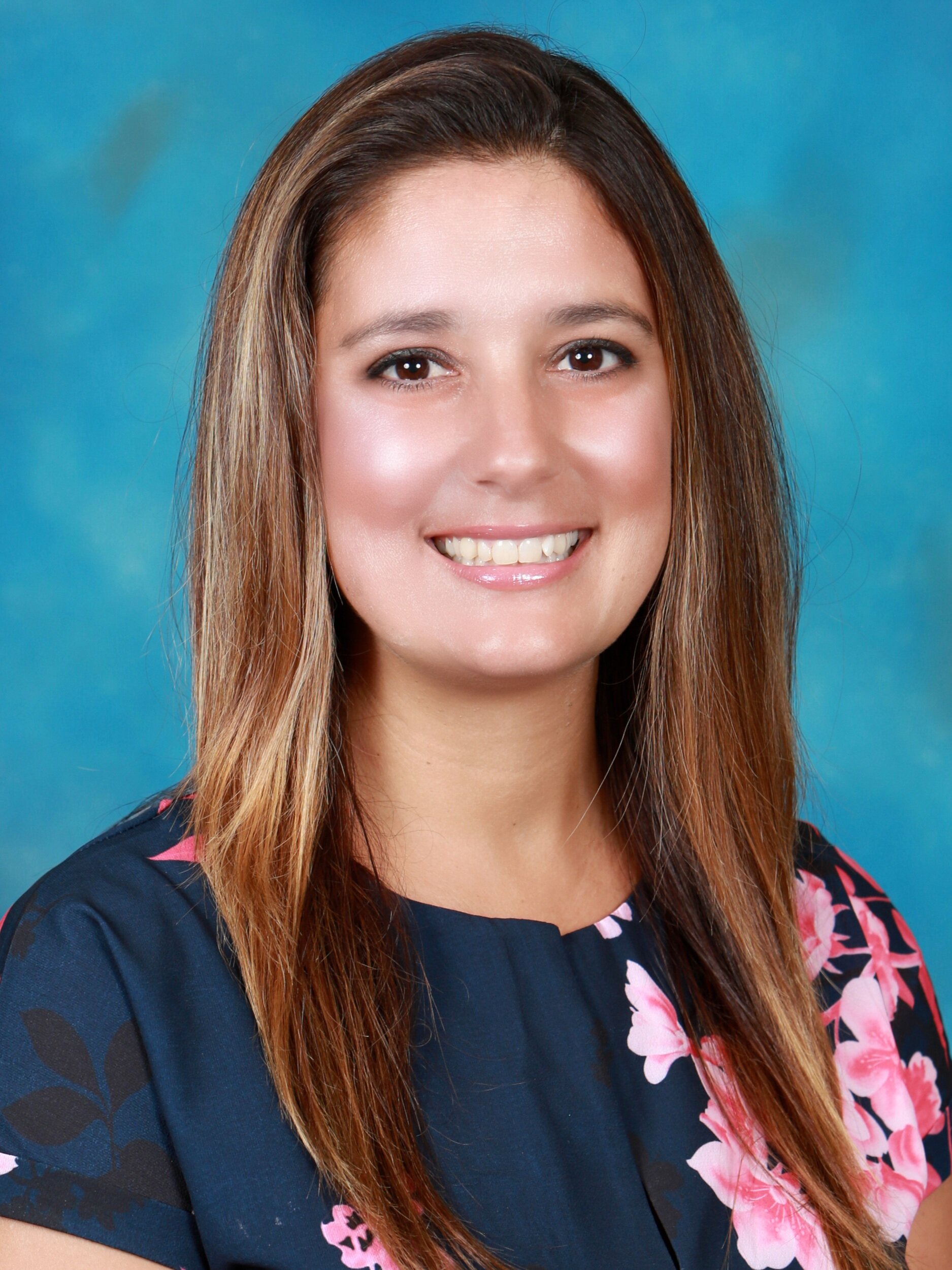Christine Austin
“When teachers are able to move from teaching students to empowering them, a whole new world of endless possibilities is unlocked.”
– Theresa Bruce
As a blended school serving students in grades 4–12, our students come to campus 1–2 days per week for face-to-face learning. We develop all of our own content and, at the time of the proposal, were in the initial stages of our Personalized Learning instructional course framework design. Through this innovative new model, students move through their courses in pathways unlike their peers-- completely dependent on their individual needs in order to help them meet and exceed their individual potential. I reached out to FoS because we quickly realized that we needed to find a way for our face-to-face environment to mirror our online environment in the personalized learning courses. Their time on campus needed to be personalized and meaningful, while also maximizing the instructional time and space.
We used the FoS grant to develop a learning space designed to meet the needs of the personalized learning student. There are several different stations where the teacher can design instruction tailored to students based on formative assessment and mastery; stations include a small group instruction, an independent laptop productivity station, an iPad and iTouch station, an interactive listening station, a manipulatives station, and an interactive touch table station. Furniture is designed with flexibility and versatility in mind, so groupings can be swamped out and students can learn from different seats, heights, and mediums.
The Personalized Learning Lab was initially designed for the PL teachers to bring their PL students into the class to simulate the individualized learning experiences. Students were extremely excited about the variety of technology and furniture, as well as the unique way the instruction was delivered during the class period. Teachers began to stretch themselves to plan lessons that were more engaging, unconventional, and diverse; they were not able to rely on their tried and true lesson plans and found themselves really considering their students' needs and developing authentic learning experiences to bring their online instruction to life.
As other teachers in the building began seeing the PL Lab in action, there became more and more interest in the design of the instructional space and student engagement. Teachers who were not directly involved in the Personalized Learning project began to request opportunities to bring their students into the PL Lab and requested training on the technology embedded in the room

